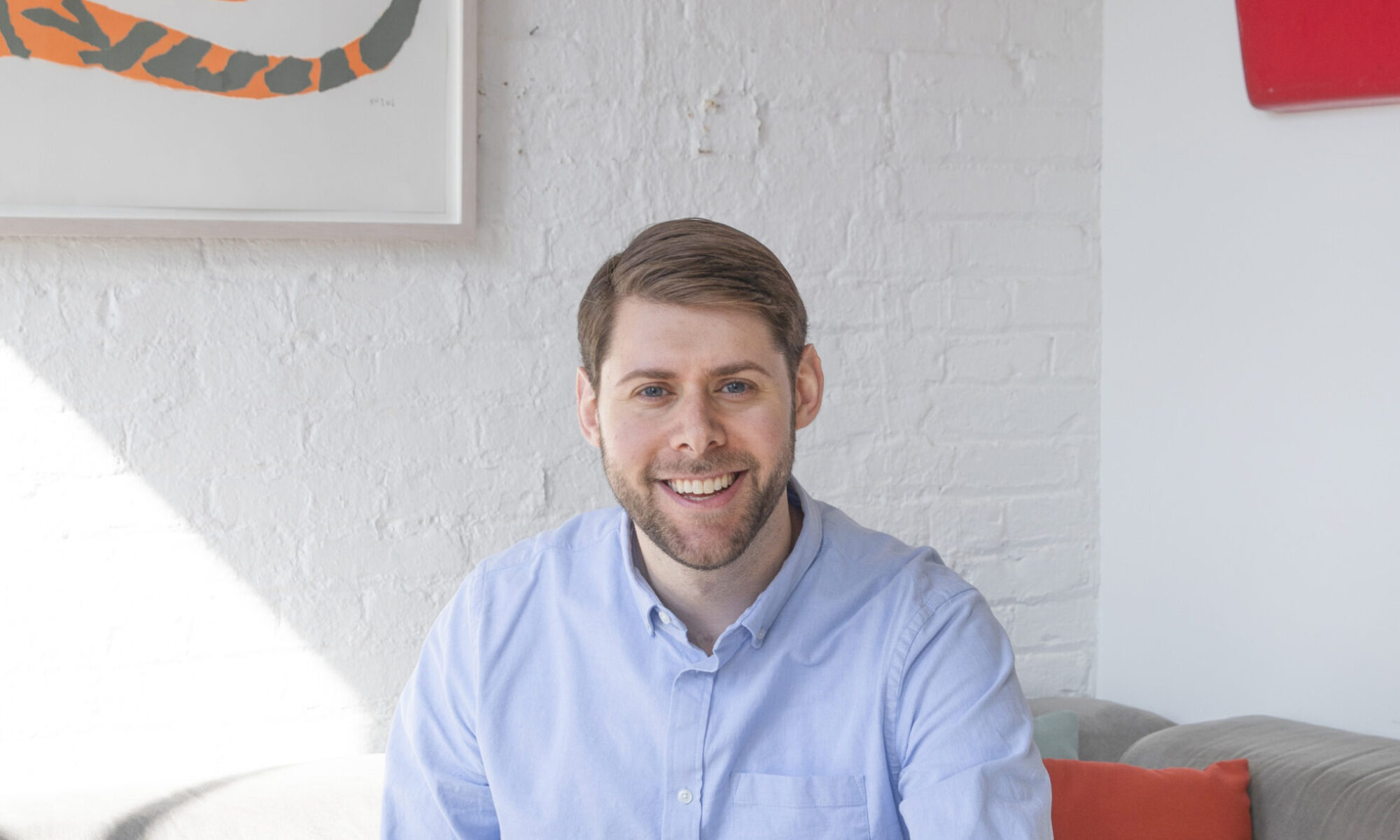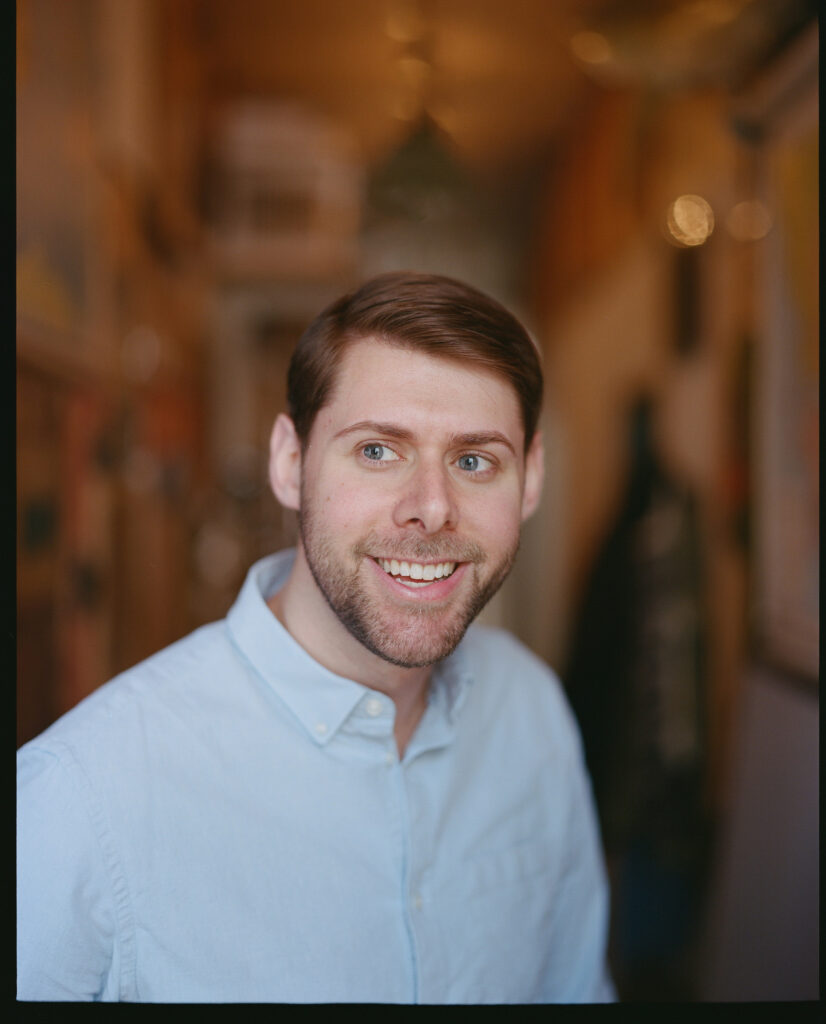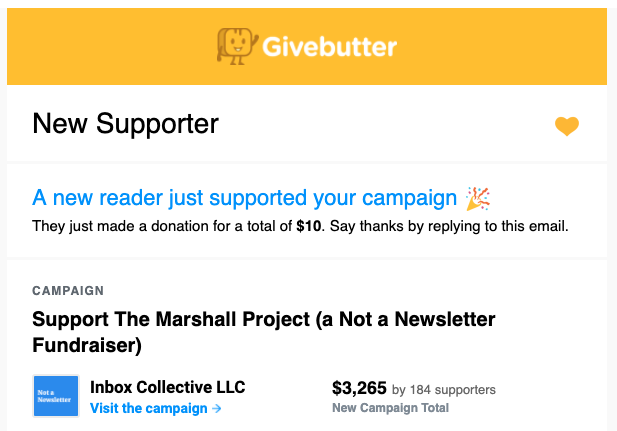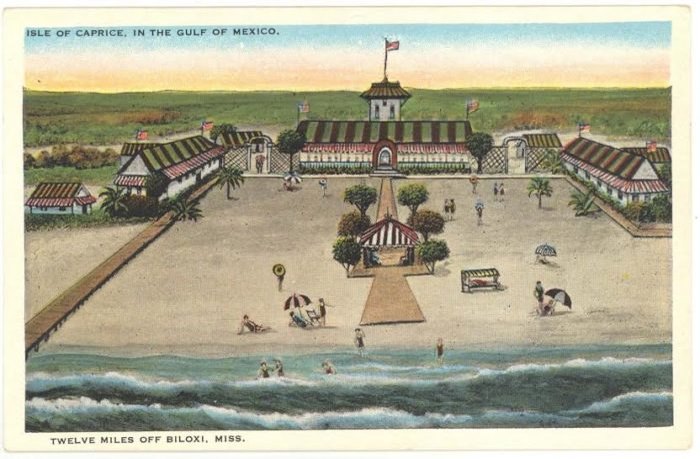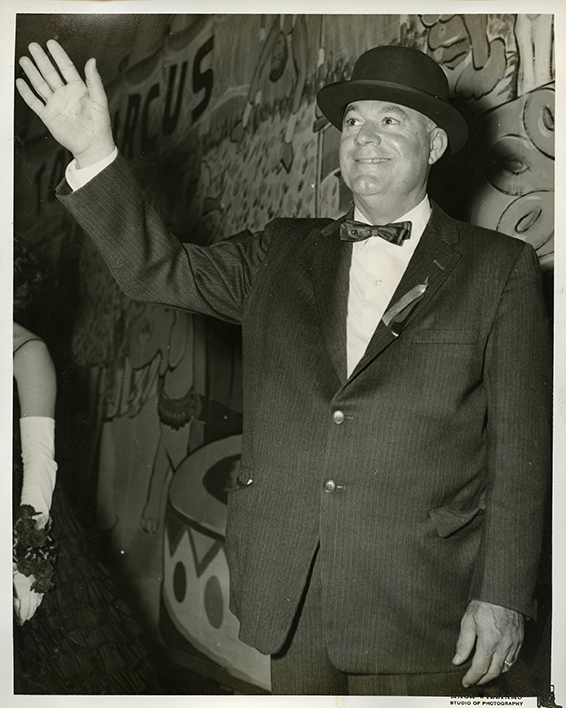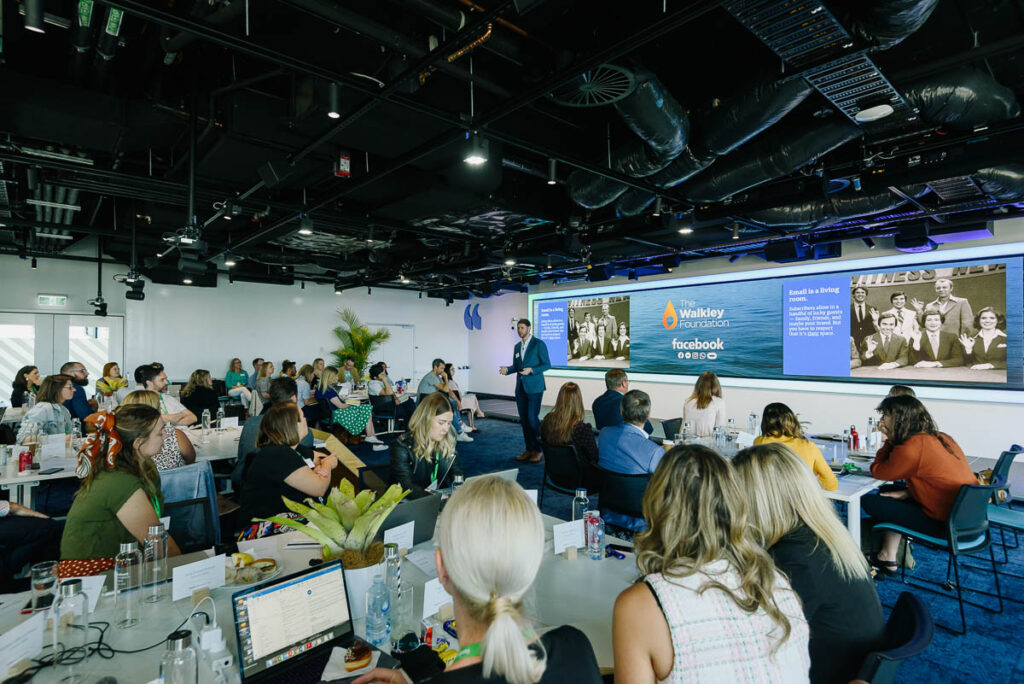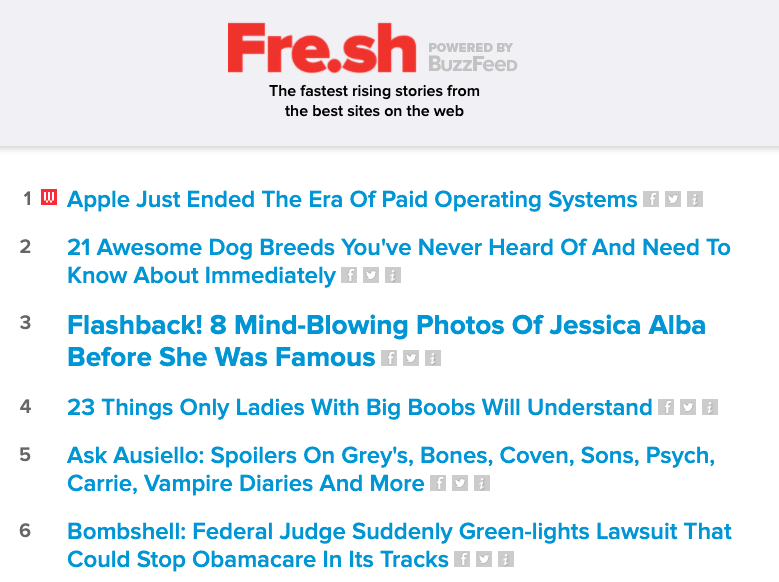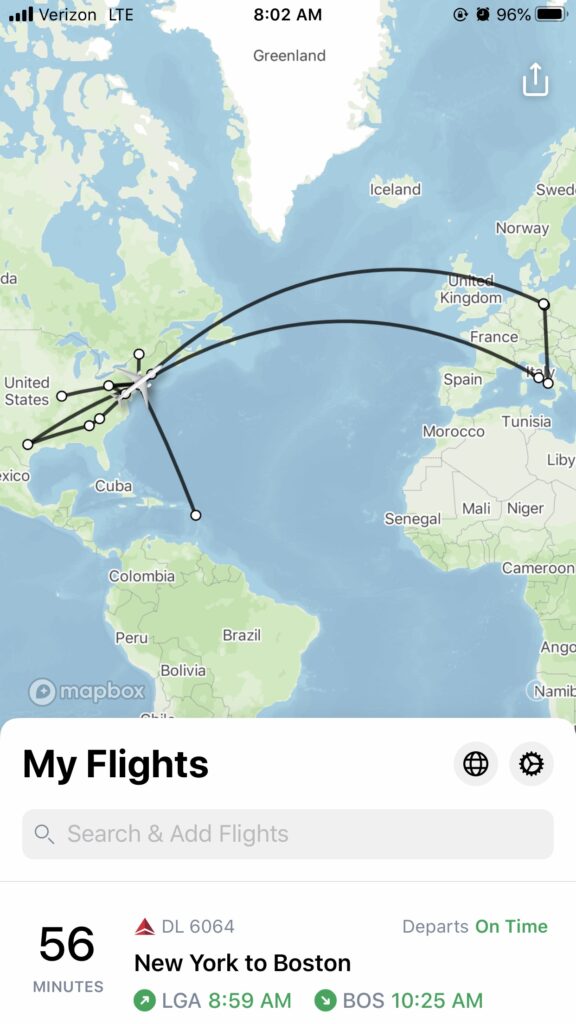
Every job comes with pressure.
When you’re working for a big corporation, that pressure often comes in the form of frustration. You’re frustrated that your company isn’t working on the things you want them to. You’re frustrated by the pace of work. You’re frustrated with the way the company is structured, by the pay, by your colleagues or bosses. Big corporate jobs are frustrating for all sorts of reasons, but they usually stem back to one thing: The lack of control you have over the work you do and the people you do it with.
When you’re working for yourself or a startup, the pressure comes in the form of stress. You’re working on the things you want to work on, but you’re stressed about doing the work well. You’re stressed about keeping things moving forward — are we still going to be able to do this work in six months? In a year? You’re stressed about money, about bringing the next client in or making the next sale. You’re stressed because there are no guarantees, no roadmap forward except the one you make — and you’re never quite sure that the path you’re on is the right one.
Every job comes with pressure. The question is: Which type of pressure will you choose?
———
That photo of employees working in an office building comes via Chuttersnap, a photographer who published their work on Unsplash.
